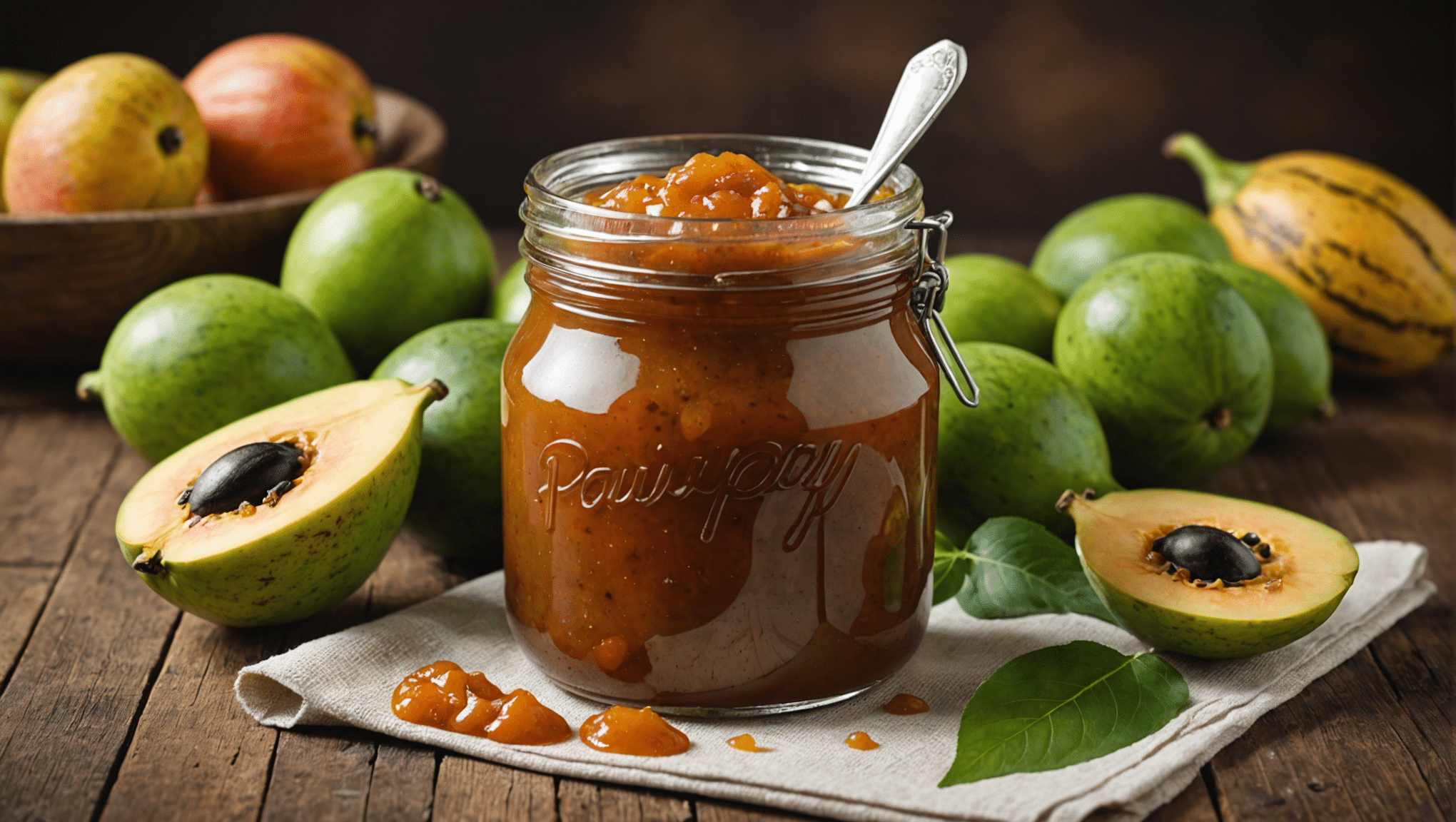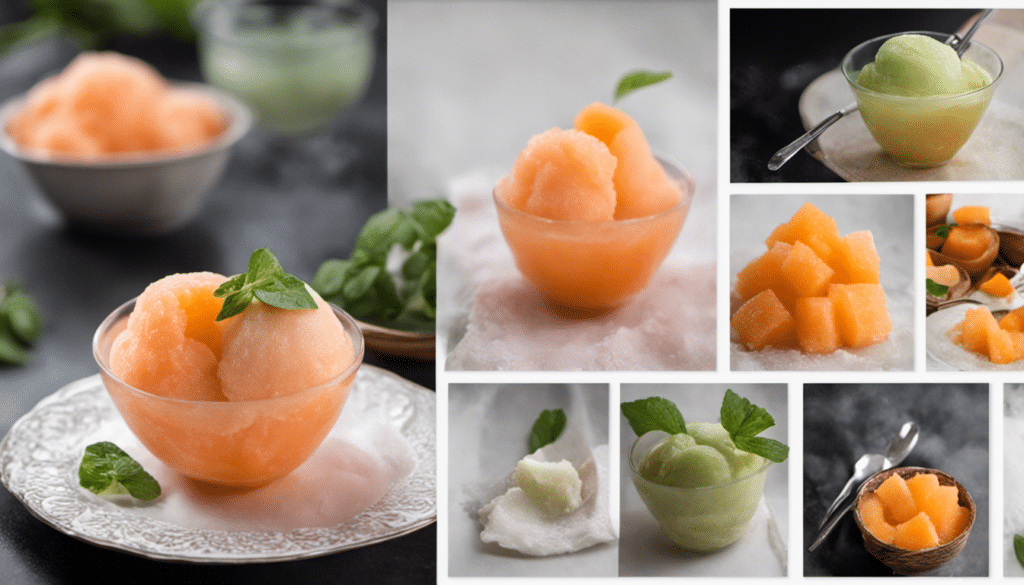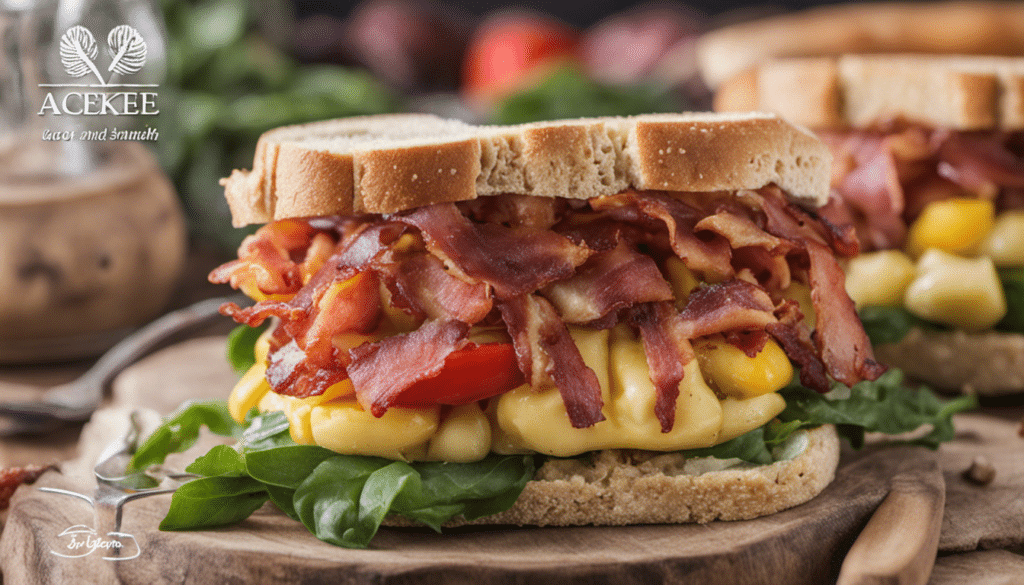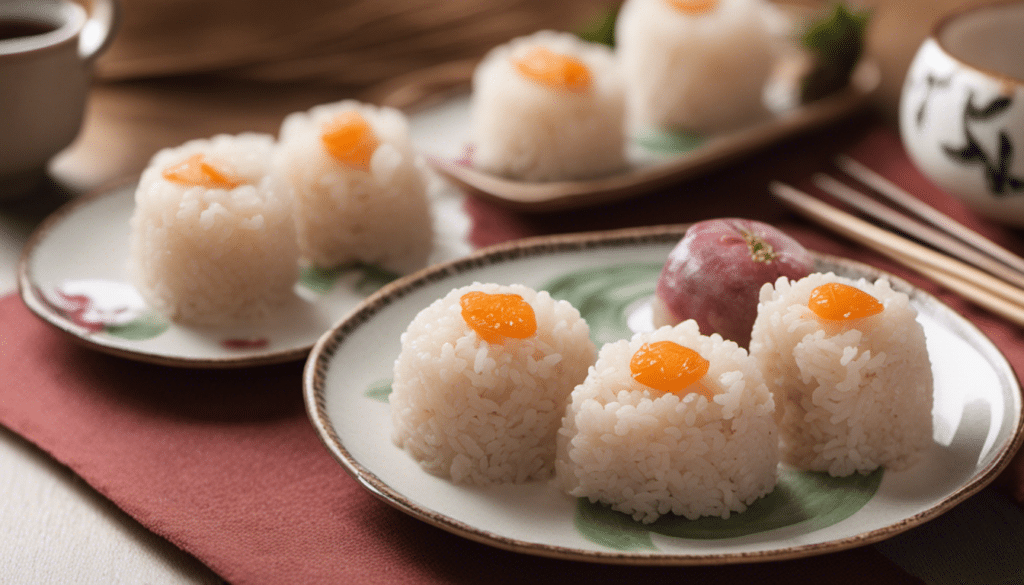| Prep: 15 mins | Cook: 45 mins | Difficulty: Easy | Serves: 6 |
| kcal | fat | saturates | carbs |
| 120 | 0.5g | 0.1g | 30g |
| sugars | fibre | protein | salt |
| 26g | 2g | 1g | 0.3g |

The reason Pawpaw Chutney has become one of my all-time favorite recipes isn’t just because it tastes amazing—though trust me, it does. The real charm of this dish lies in how it brings together a plethora of flavors that harken back to the traditional food I grew up with, combined with something uniquely exotic and wonderful. Imagine the tangy sweetness of pawpaw, enhanced beautifully by apple cider vinegar, ginger, and a variety of spices.
A Flavor Symphony
Pawpaw Chutney is like a symphony for your taste buds. The ripe pawpaw pulp provides a creamy, tropical foundation that marries perfectly with the tartness of apple cider vinegar and the subtle heat of cayenne pepper. The golden raisins add bursts of sweetness, while the spices—cinnamon, allspice, cloves, and mustard seeds—give it a complexity that keeps you coming back for more. And don’t get me started on the ginger and garlic; they elevate the chutney to an entirely new level.
Health Benefits Galore
Beyond its delightful taste, this chutney has a good share of health benefits. Pawpaw itself is rich in vitamins C and A, offering a boost to your immune system and vision. The apple cider vinegar aids in digestion, while ginger is known for its anti-inflammatory and antioxidant properties. Even the spices like cinnamon and cloves come with their own health perks, including helping to regulate blood sugar levels and providing antibacterial attributes.
On busy evenings when my grandkids come over, I love serving Pawpaw Chutney alongside roasted chicken or grilled fish. Its vibrant flavors and rich texture complement proteins beautifully, making it a hit every time. You could also pair it with a sharp cheese as an appetizer, a technique going back to old Italian antipasti traditions. If you enjoy mango chutney or apple chutney, this is in a similar vein, but with its own unique twist.
Curious about pawpaw and wondering what other dishes you can explore with it? Check out some pawpaw pie recipes or even a pawpaw cake to diversify your culinary experiments.
Ultimately, Pawpaw Chutney is a dish that resonates with me on many levels. It connects traditional family roots with exciting new flavors, and it’s packed with health benefits to boot. Give it a try; it might just end up being one of your favorites too.
What You’ll Need
- 2 cups ripe Pawpaw pulp
- 1 cup diced onion
- 1 cup diced green bell pepper
- 1 cup apple cider vinegar
- 1 cup brown sugar, packed
- 1/2 cup golden raisins
- 1/4 cup finely chopped fresh ginger
- 2 garlic cloves, minced
- 1 teaspoon mustard seeds
- 1/2 teaspoon ground cloves
- 1/2 teaspoon ground cinnamon
- 1/2 teaspoon ground allspice
- 1/2 teaspoon salt
- 1/4 teaspoon cayenne pepper (optional, to taste)
Method
Step One
In a large saucepan, combine the apple cider vinegar and brown sugar. Heat the mixture over medium heat, stirring constantly, until the sugar has fully dissolved.
Step Two
Add the diced onion, diced green bell pepper, golden raisins, chopped fresh ginger, and minced garlic to the saucepan. Stir to combine.
Step Three
Add the mustard seeds, ground cloves, ground cinnamon, ground allspice, salt, and cayenne pepper (if using) to the saucepan. Mix well to ensure the spices are evenly distributed.
Step Four
Bring the mixture to a gentle boil, then reduce the heat to low. Simmer for about 20 minutes, stirring occasionally, until the vegetables are tender and the mixture begins to thicken.
Step Five
Add the ripe Pawpaw pulp to the saucepan. Stir well to incorporate the Pawpaw pulp into the chutney mixture.
Step Six
Continue to simmer the chutney for another 15-20 minutes, or until it reaches the desired thickness. Stir occasionally to prevent sticking.
Step Seven
Remove the saucepan from the heat. Allow the chutney to cool slightly before transferring it to sterile jars or airtight containers.
Step Eight
Seal the jars or containers and refrigerate the chutney. It can be served immediately but will develop deeper flavors if allowed to sit for a day or two. Enjoy your homemade Pawpaw Chutney!



